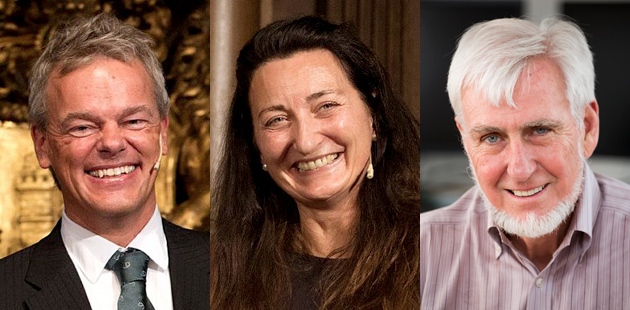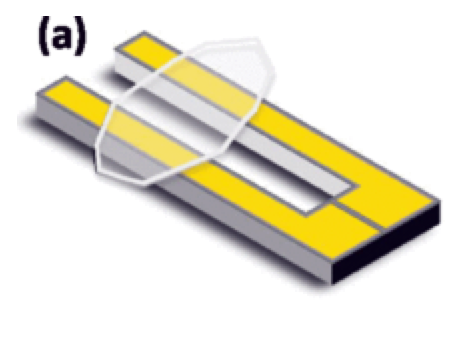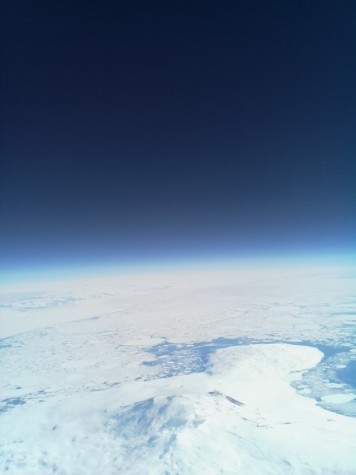9/29/14-10/6/14
1. 10/6 – Edvard Moser, May-Britt Moser and John O’Keefe won the Nobel Prize in Physiology. Edvard and May-Britt Moser won half for their discovery that certain cells in our brains , “grid” cells, allow animals to keep track of their position, while John O’Keefe won half for his identification of “place” cells, which aid in memory, in part of the hippocampus.

(For more information:http://www.nature.com/news/nobel-prize-for-decoding-brain-s-sense-of-place-1.16093)
2. 10/3– Scientists published a newly discovered pathway to split CO2 into C and O2, rather than the previously known splitting of CO2 into CO and O. This new pathway could potentially shed light on different ways that oxygen could have formed in Earth’s early atmosphere.
(For more information: http://www.sciencemag.org/content/346/6205/61)
3. 10/2- Magma was found underneath one of the moon’s dark spots. Normally, larger planets than the moon have such volcanic activity. This resulting topology caused by this activity has caused some scientists to question a theory that the Moon’s Procellarum crater was created by an asteroid collision.

(For more information: http://news.sciencemag.org/space/2014/10/ancient-magma-plumbing-found-buried-below-moons-largest-dark-spot)
4. 10/1-The oldest proof of limb regeneration was discovered in the 300-million year old Micromelerpeton credneri.
(For more information: http://www.nature.com/nature/journal/v514/n7520/full/514008a.html)
5. 9/30-Swedish researcher Yuxi Tian made a “nanomicrophone” using one molecule. Placing dibenzoterrylene inside a crystal on a tuning fork allowed study of the intensity of the fluorescence emitted by the molecule, which changed in response to different frequencies of sound waves. It can sense vibrations as significant as a change in the movement of a proton.

(For more information: http://journals.aps.org/prl/abstract/10.1103/PhysRevLett.113.135505)


